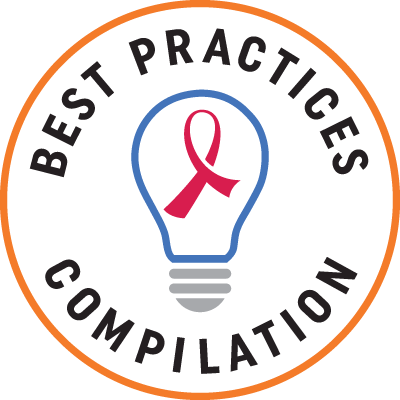HIV Testing & Diagnosis
On
HIV counseling and testing occurs in a wide range of contexts in the Ryan White HIV/AIDS Program. Situations as diverse as community outreach, partner testing, pregnancy, and labor and delivery call for special counseling approaches on the part of clinical staff. The technology of testing has continued to evolve with rapid tests, oral tests, and home tests. Finally, legal requirements for offering and documenting tests in a health care settings have also shifted in many states and jurisdictions.
Website
- AETC National Coordinating Resource Center (NCRC)
- National Clinician Consultation Center
- U.S. Department of Health and Human Services
Best Practices
- Center for Innovation and Engagement
- HRSA Bureau of Primary Health Care (BPHC), Centers for Disease Control and Prevention (CDC)
Technical Assistance
- The central hub of the AETC Program, the clinical training arm of the RWHAP, through HIV curricula, technical support to regional AETCs on practice transformation and best practices, and housing of all AETC-developed tools for HIV clinical staff. Project period: 2019-2024.
Clinician consultation on HCV management, HIV management, perinatal HIV/AIDS, pre-exposure prophylaxis (PrEP), post-exposure prophylaxis, substance use. Project period: 2016-2025.
- The NHC provides ongoing, up-to-date information needed to meet the core competency knowledge for HIV prevention, screening, diagnosis, and ongoing treatment and care to healthcare providers in the United States. Project period: 2020-2022.
- The AETC Program offers clinician education and tailored capacity-building assistance. Project period: 2019-2024.
 Initiative documenting best practice strategies and interventions that have been shown to improve HIV outcomes in a "real world" setting and can be replicated by other programs. Project period: 2021-2024.
Initiative documenting best practice strategies and interventions that have been shown to improve HIV outcomes in a "real world" setting and can be replicated by other programs. Project period: 2021-2024.